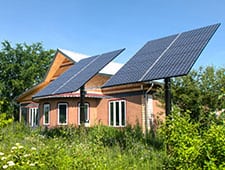Sustainable Building Features
A closer look at the Environment Centre, Peterborough
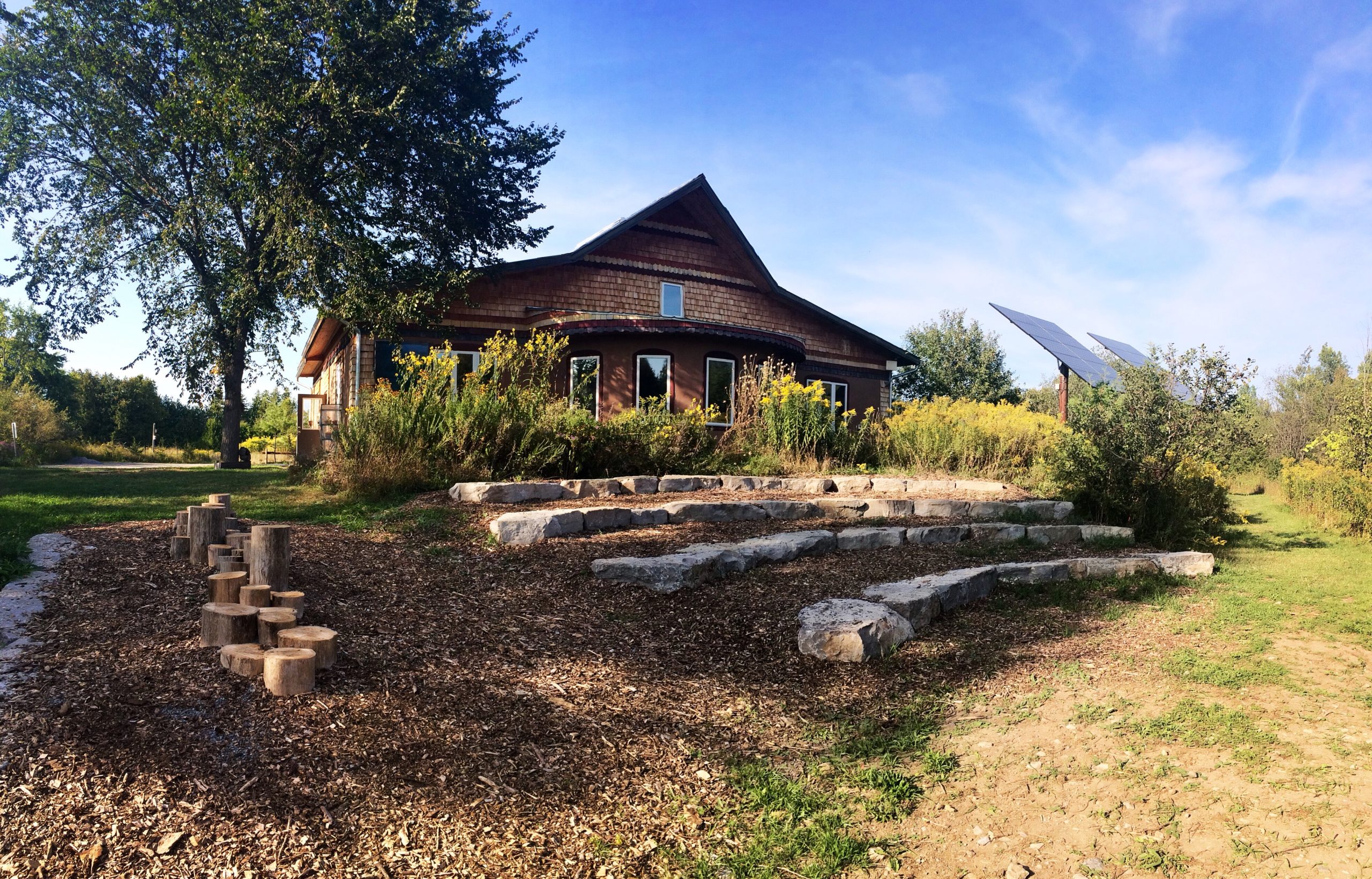

The Camp Kawartha Environment Centre showcases a number of innovative sustainable features.
Designed and built in 2009 by students in Fleming College’s Sustainable Building Design and Construction program, the centre is, in the words of program coordinator and award winning sustainable builder Chris Magwood “One of Canada’s most sustainable buildings.”
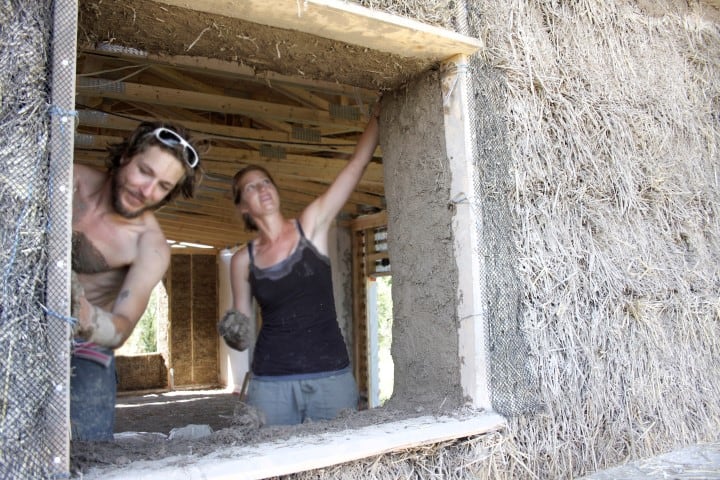
Straw Bale and Pre-Fabricated Straw Bale Walls
The north wall is constructed using the traditional site baled method of dropping straw bales in place one at a time. Once all the bales are sized and installed, the exposed sides are plastered. This wall uses a plaster mix of local clay and sand. Pre-fabricated straw bale wall technology reduces labour costs, shortens construction time and is financially comparable to conventional stick-frame construction. The Centre features load-bearing prefabricated straw bale wall technology in its east and west walls.
Hempcrete and Slip-Straw Insulation
Hempcrete and slip-straw insulation are featured in the Environment Centre’s south wall. Hempcrete is a mixture of lime, water and hemp shives. (core of the stem) Hemp is a fast-growing plant that requires little to no pesticides. Mixed with lime and water, it becomes as hard as concrete, but offers excellent insulation and breathability.
Straw is an abundant product in Ontario. Slip-straw is a combination of clay and straw that is used to insulate wall cavities. The straw is hand-tossed with slip, which is watered clay, and then packed into the walls that have temporary forms up. Not all the seeds are removed from the straw before it gets bailed, so seeds start sprouting from the walls days later; their dying is a sign that the slip-straw is dry inside and ready for lime plaster.
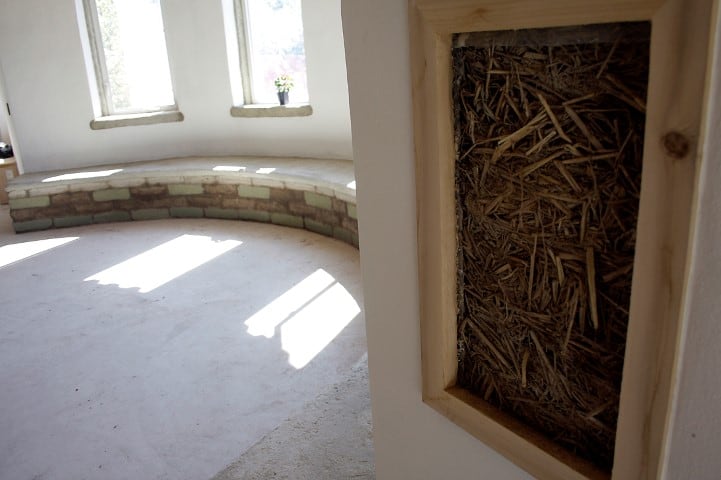

Grid-Tied Solar Panels
Using the latest in photovoltaic technology and energy metering, the Environment Centre PV system generates enough electricity to power the Centre, including a small surplus that will be sold back into the electrical grid at a rate of $0.80 per KW-hour. The PV system is hooked up to an energy metering system that demonstrates the benefits of solar power systems.
Energy-Efficient Lighting
The Centre uses low-wattage LED (low-emitting diode) light bulbs in order to reduce energy consumption. LEDs use one-tenth of the power of incandescent light bulbs. LED lighting also reduces waste, lasting 40 times longer than incandescent light bulbs and six times longer than compact florescent light bulbs, requiring less frequent changing.
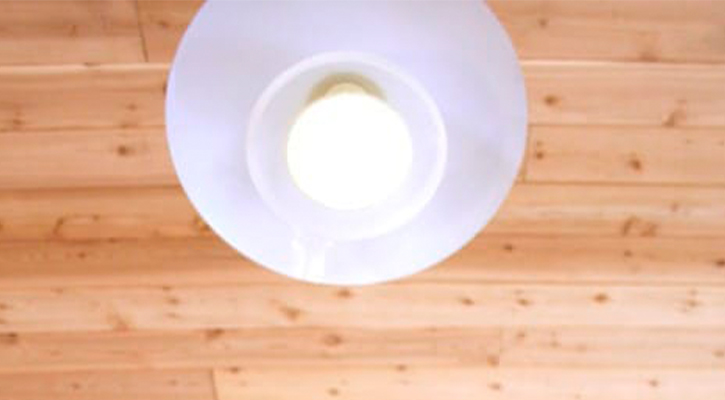
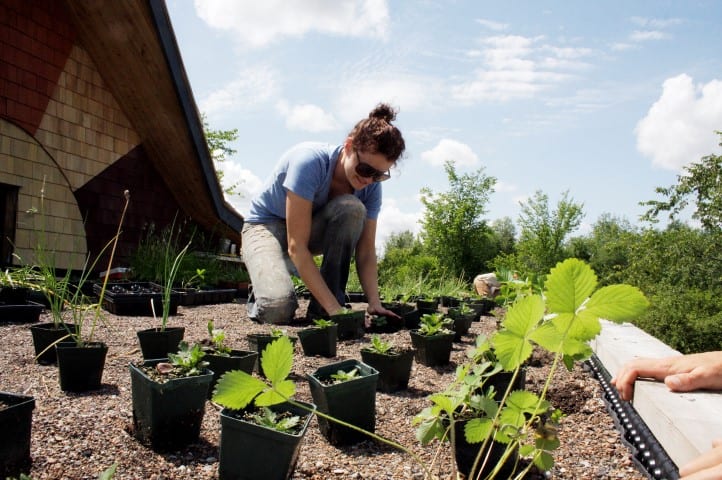
A Living Green Roof
A portion of the Centre’s roof is covered in vegetation. It acts as additional insulation for the building and demonstrates how naturalized areas can be enhanced in urban settings. It is planted with local plants and provides habitat for migrating and possibly endangered butterflies.
Geothermal Radiant Floors
Geothermal systems use the ambient temperature in the ground below the frost line to create and absorb heat energy that heats the building through pipes running through a 50% recycled steel mill slag concrete floor. The concrete’s thermal mass absorbs the heat from the pipes and radiates heat up into the air.
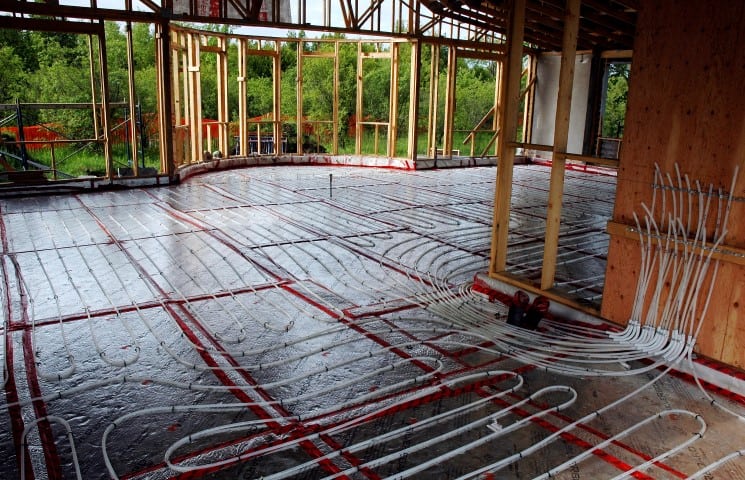
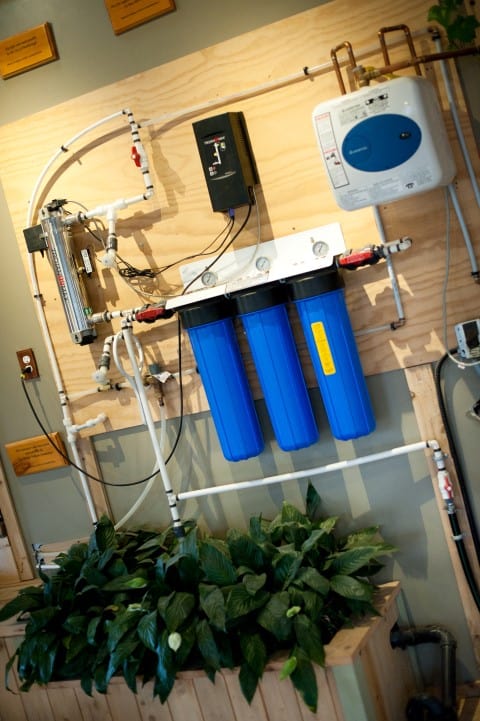
Rainwater Collection System with a Wetland Water Treatment System
The Centre collects rainwater and filters it using sophisticated technologies. After being filtered, this water is potable and the only source of water for the building. Grey water from hand washing passes through our unique wetland water treatment system. The aquatic plants strain and purify the grey water before it is released into the environment.
Solar Heated Water
The Environment Centre heats its water primarily through a solar hot water system, using power harnessed from the sun rather than electricity.
For a full breakdown of the Sustainable Building Features, download the PDF below.
Location
The Camp Kawartha Environment Centre is located on 200 acres of stunning Wildlife Sanctuary lands, adjacent to Trent University. With forests, fields, wetlands, trails and more, the Environment Centre is surrounded by an area of natural beauty – an inspiring venue to teach children about the importance of protecting our local wildlife.
